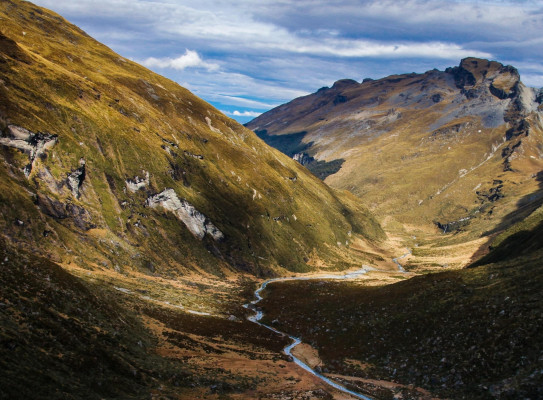Zealandia switch: could Te Riu-a-Māui / Zealandia be the missing link in a big climate theory?

Te Riu-a-Māui/Zealandia could play a key role in the Earth’s climate – sitting in the middle of a crossroads between ocean currents and climate.
A team led by the University of Maine, including GNS Science, studied Southern Alps glacier landforms, giving a detailed picture of tens of thousands of years of climate changes.
Among the new insights they gleaned from the study, scientists created a new hypothesis named the Zealandia Switch.
A century ago, Milutin Milankovitch hypothesised that natural global climate cycles are driven by oscillations in the Earth’s orbit, controlling the amount of solar energy received by the Earth.
But this new research suggests that the main effect of those oscillations is on the latitude and strength of the Southern Hemisphere westerly wind belt – and Te Riu-a-Māui/Zealandia sits right in the middle.
The Zealandia Switch hypothesis highlights New Zealand’s position in the middle of a critical crossroads between ocean currents and climate,
The position of the westerlies in relation to Te Riu-a-Māui/Zealandia determines the way the water moves between the warm Pacific Ocean and the cold Southern Ocean.
According to the research team, the Zealandia Switch mechanism may help to explain ice-age climate cycles. It may also account for shorter-term climate oscillations that have popularly been attributed to a ‘bipolar seesaw’ climate process.
David Barrell says this new hypothesis is “science in action, working as it should”.
“If the hypothesis stands up to scrutiny, it will give us better understanding of what drove prehistoric climate shifts. That may help improve the forecasting of human-induced climate change.”